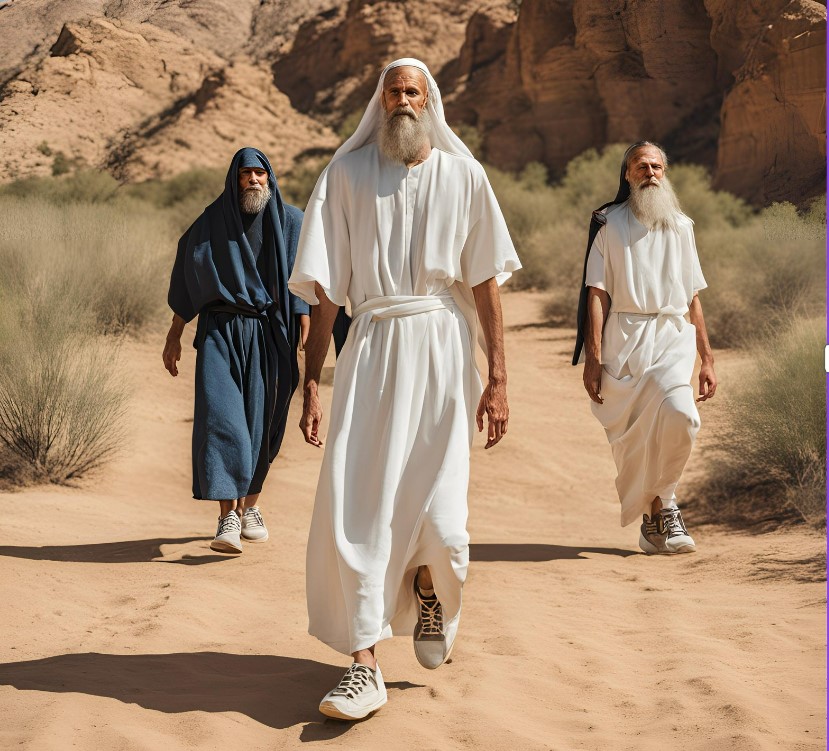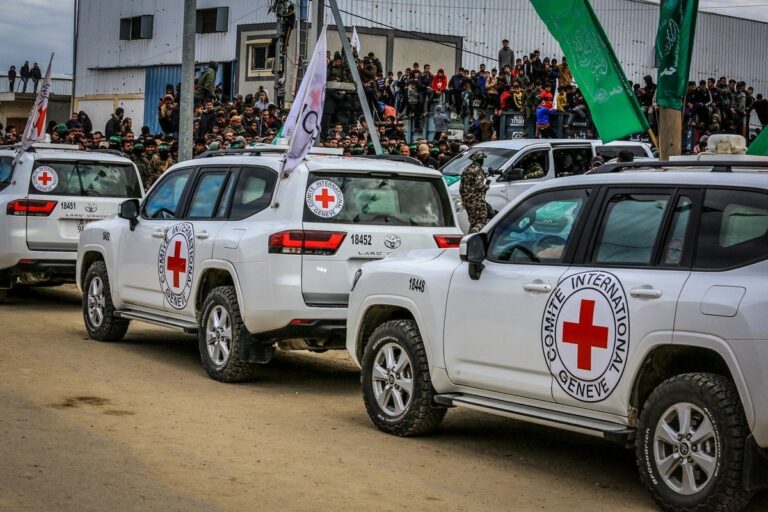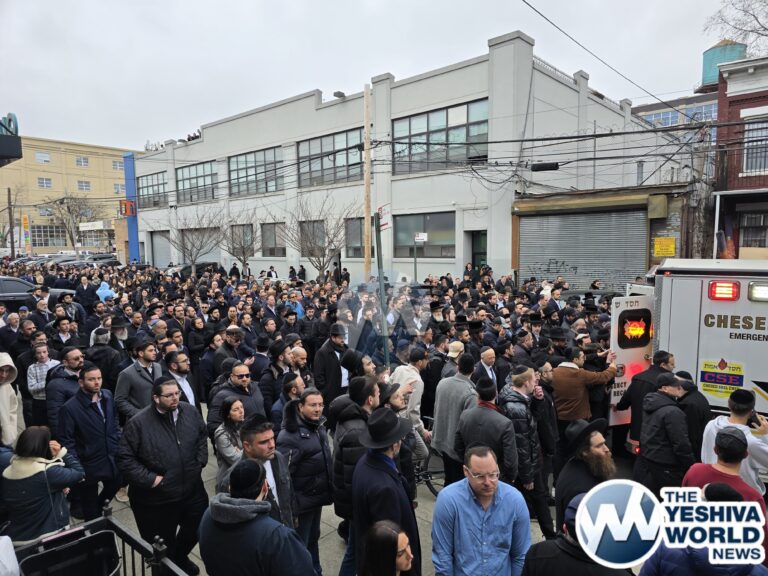By Rabbi Yair Hoffman
True, if they did wear shoes, they did not resemble anything like the sneakers depicted in the picture above.
From Rashi in this week’s parsha (Dvarim 8:4) it seemed that they walked barefoot. Your clothing did not wear out: The clouds of glory would rub their [Klal Yisroel’s] clothing and clean them so that they looked like freshly laundered clothes. And also their children, as they grew, their clothes grew along with them, like a snail’s shell, which grows along with it- [Pesikta d’Rav Kahana 92a] nor did [your foot] swell: This means: Neither [did your foot] swell like dough as [usually happens] with those who walk barefoot, that their feet swell.
But from a later pasuk in Parshas Ki Savoh (Dvarim 29:4) – we see that they did have shoes!
I led you through the desert for forty years [during which time] your garments did not wear out from upon you, nor did your shoes wear out from upon your feet.
So how do we resolve this contradiction? Below, we present six possibilities:
- One possibility is that the earlier Rashi doesn’t really imply that they were barefooted. It just implies that notwithstanding the sheer amount of walking that they did in the desert – their feet did not swell up as generally happens when people walk barefooted.
- The Divrei Dovid gives a different answer. He writes that it is not pas for the Ananei HaKavod – the clouds of glory which are connected with the shechina to enwrap the soles of shoes. Therefore, this part of the shoe was no longer there, and yet, nonetheless, their feet did not swell on account of the Ananei HaKavod.
- The Sifsei Chachomim says that the Rashi in Parshas Aikev is referring to those Jews that were born in the Midbar, who did not own shoes. The pasuk later on refers to those who left Mitzrayim themselves and did have shoes.
- The Aidus B’Yoseph explains based on the Rambam that one who walks barefoot in the desert is likened to one who commits suicide. He writes that the tribe of Dan, who lived on the edge (of the clouds of glory) did require shoes – while the rest of Klal Yisroel didn’t since they had the protection of the Ananei HaKavod.
- Another resolution can be derived from the Tiferes Yisroel commentary at the end of Moed Kotton. The Gemorah in Moed Kotton (15b) explains that the entire time Klal Yisroel was in the desert they were treated as Menudah – excommunicated – under the ban. Someone under the ban is not permitted to wear shoes. The exception is the tribe of Levi – who were never under the ban. The pasuk in 29:4 refers to the tribe of Levi. (Even though the halacha is that when someone under the ban travels – he is permitted to where shoes. It could be that here they were not permitted because they would not have been damaged on account of the Ananei HaKavod).
- There is also the possibility (also mentioned in the Tiferes Yisroel for a different reason) that they wore shoes made of cork which is not forbidden to someone under the ban – which perhaps may have caused the swelling (edema). Cork shoes do not wrap around the foot like regular shoes do.
This article was sponsored by AshoeInn.com – a children’s shoe store, at 558 Central Avenue in Cedaarhurst, New York
The author can be reached at [email protected]












One Response
There is a seventh possibility.